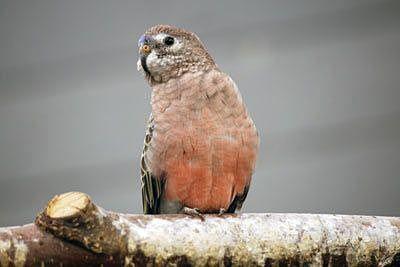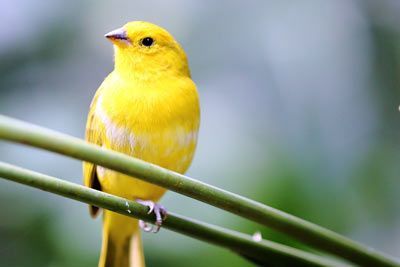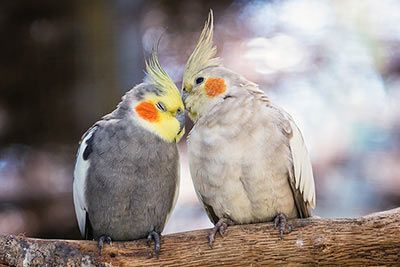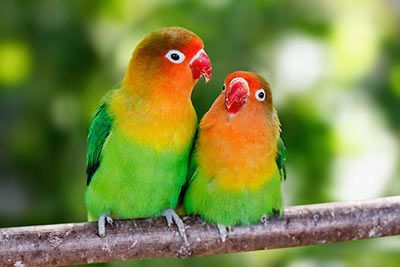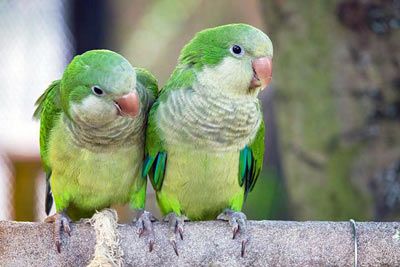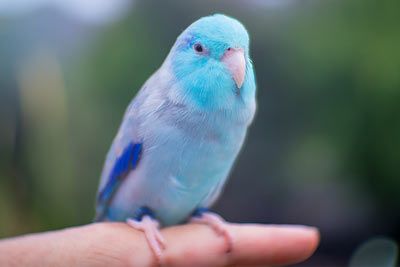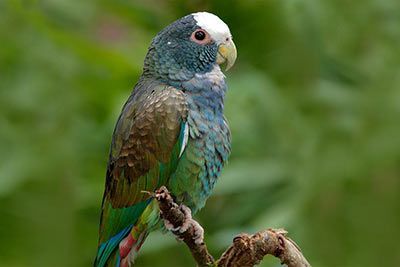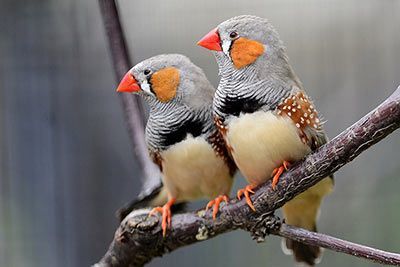Keeping Birds, Exercise and Cages
Useful tips on daily exercise and keeping birds in cages. Flying is a bird’s natural mode of transportation. This is hardly possible in a cage. To make your birds’ lives as pleasant as possible, there’s a ot more to keep in mind than with other pets such as dogs or cats.
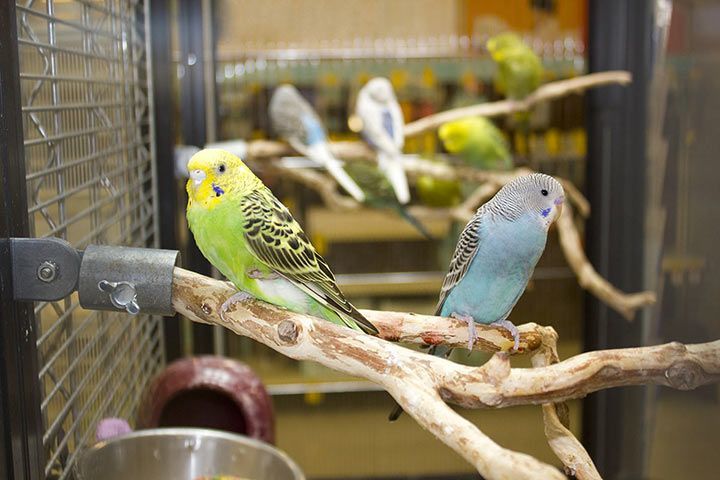
How They Should Be Kept
Birds should never be kept alone. They feel best in a group, and enjoy the company. Lone birds don’t just cry constantly, but may also pluck out their own feathers or develop illnesses. It’s a myth that lone birds become hand-tame. Together, they are braver, more entertaining and can be left alone for a few hours.
The German Federal Ministry of Food, Agriculture and Consumer Protection even came up with a law about keeping parrots in pairs. You need a permit before breeding most bird breeds, so don’t provide nesting boxes if you don’t want to go down this route.
The Cage
• Size and Location
The most important thing to remember: the cage should be big enough, the bigger the better. Maybe your parents can set up an outdoor aviary, as this is the best option. If you don’t have this option (e.g. if you don’t have a garden), we have some information about cages for you. You can also easily build one yourself - this option usually looks better and costs less than cages from the pet store, and they’re bigger! By the way: Birds' eyes perceive neon tubes and television screens as unpleasant flickering!
Checklist
- The size of the cage depends on the breed
- You can also easily build a cage yourself
- Cage is at eye level
- One cage side facing the wall
- No draft
- Quiet environment
- No neon lights, no TV
- Smoke-free
• Interior of the Cage
The perfect cage! ![]()
- Stainless steel cage/aviary
- Wide is better than tall
- Horizontal bars
- Bird bath
- Perches made from differently sized twigs
- Swings, rings, cotton or hemp ropes
- Stainless steel bowls
Please avoid!! ![]()
- Round or wide cage (alters orientation and perception)
- Zinc-plated cage (can poison birds)
- Plastic coating on cage bars (danger of swallowing small nibbled pieces)
- Mirror and plastic toys
- Too many toys
Exercise Outside the Cage
Daily exercise should be provided in a bird-proof room. In the bird-proof room, there should also be a landing and playing area next to the cage in the form of a tree stand. You can easily and cheaply make one yourself with twigs and sticks.
- Drapes in front of the windows
- No gaps between the wall and furniture
- No poisonous plants in the room
- No vases or other containers that the birds could fall into
- Turn off ceiling lights
Do Birds Belong in a Cage?
Anyone wishing to get pet birds should consider this: does a bird belong in a cage? Can even the biggest cage be big enough? Isn’t it nicer to watch birds in the wild, where they’re free to fly around as they please? Nobody likes to be cooped up.

